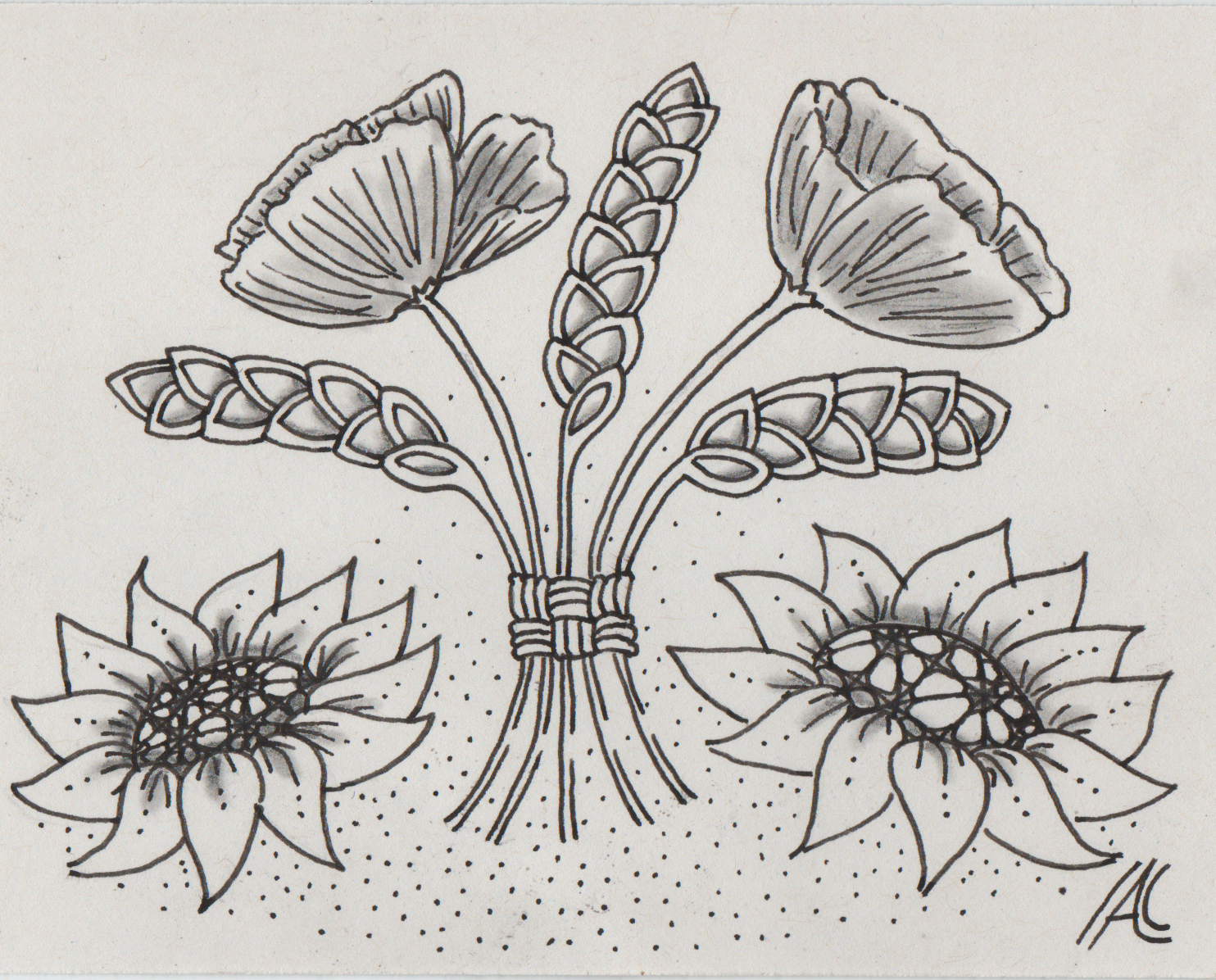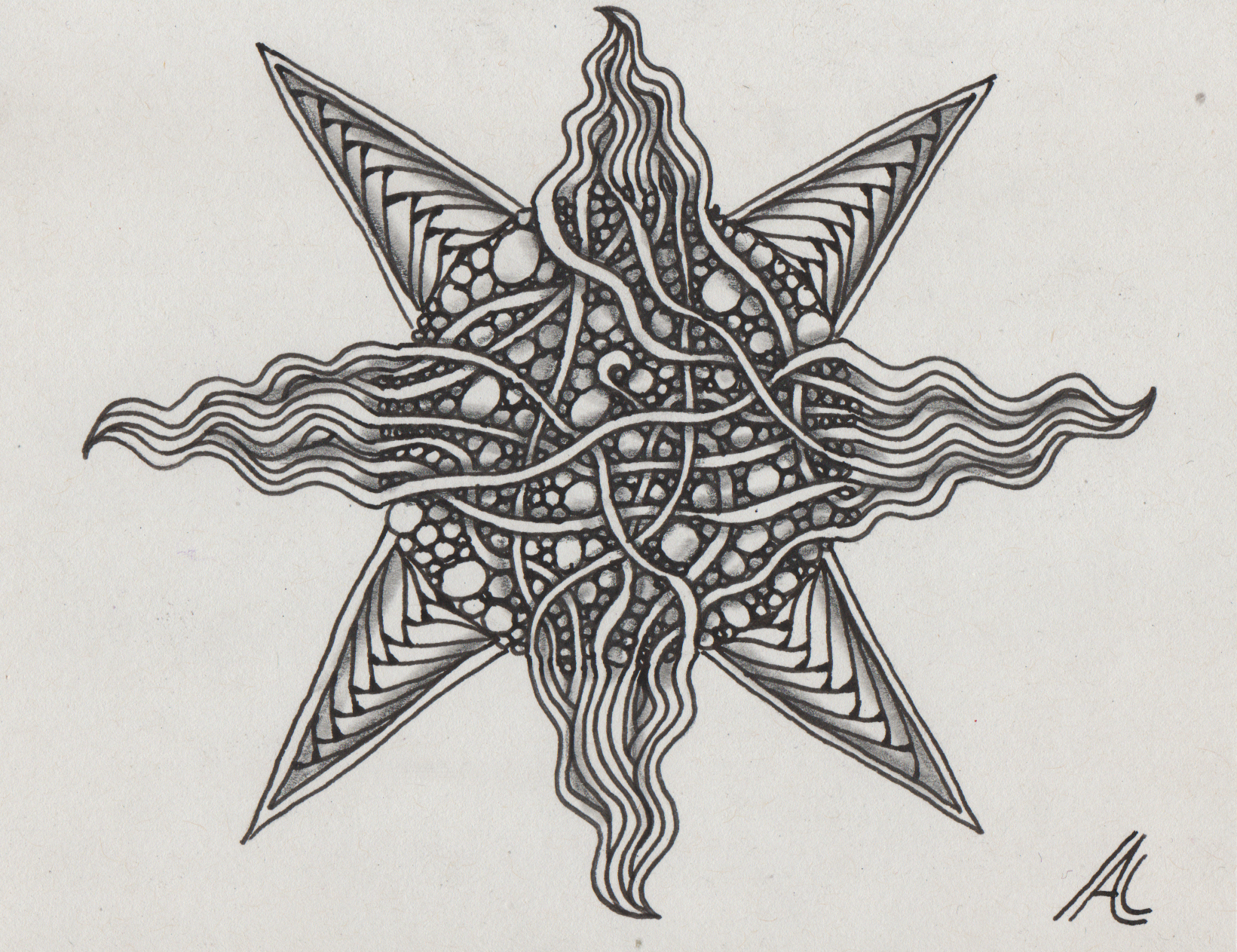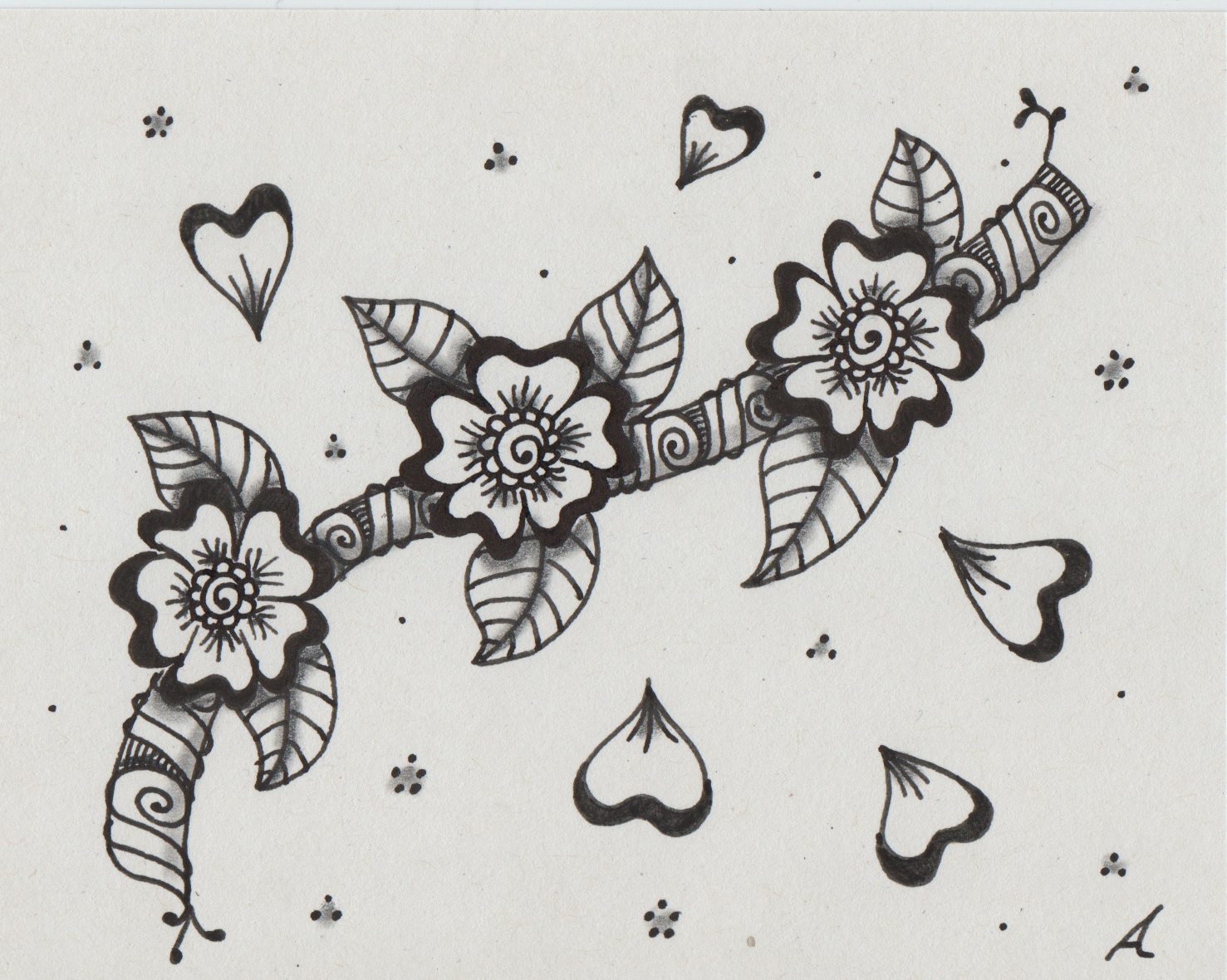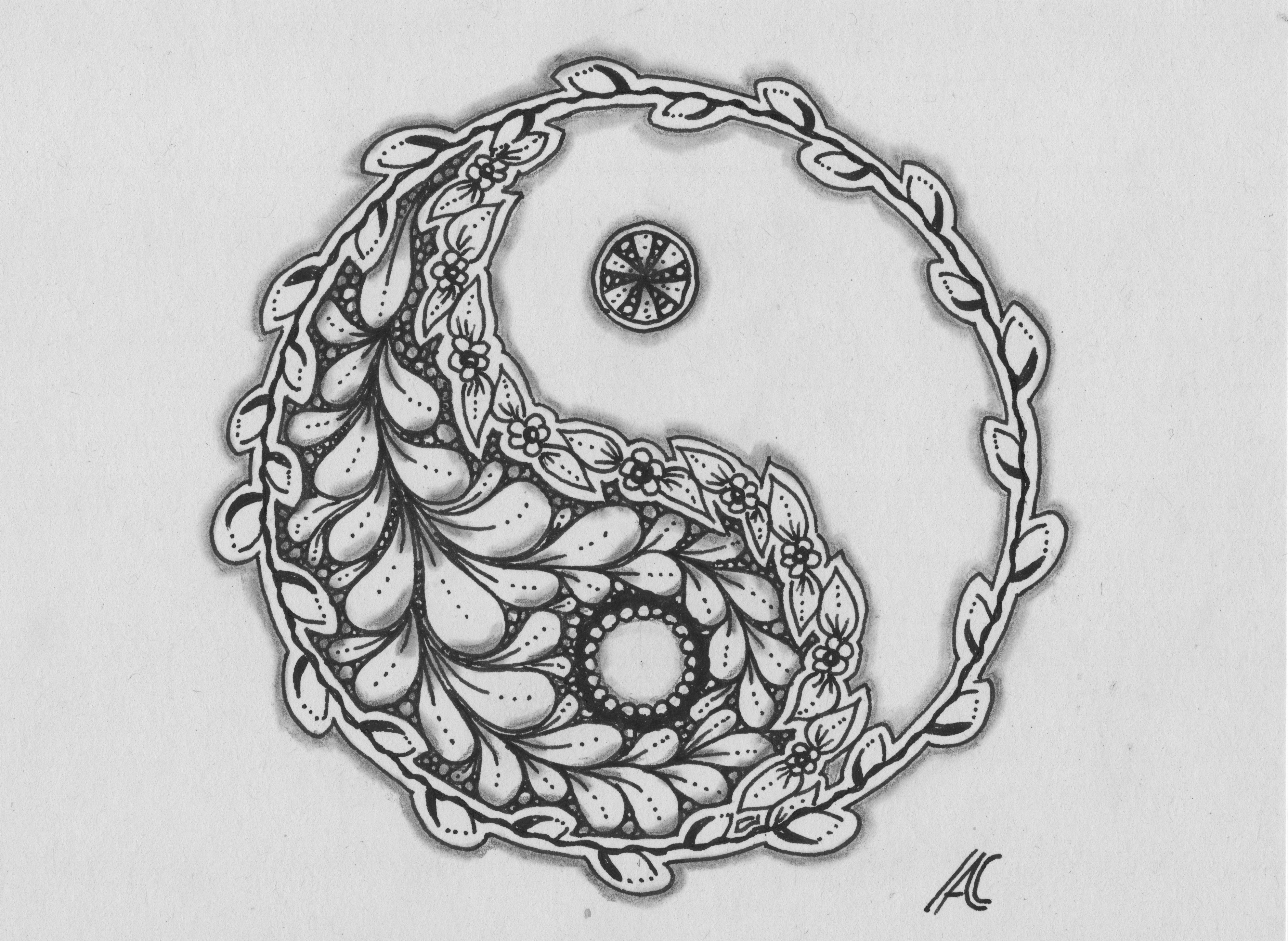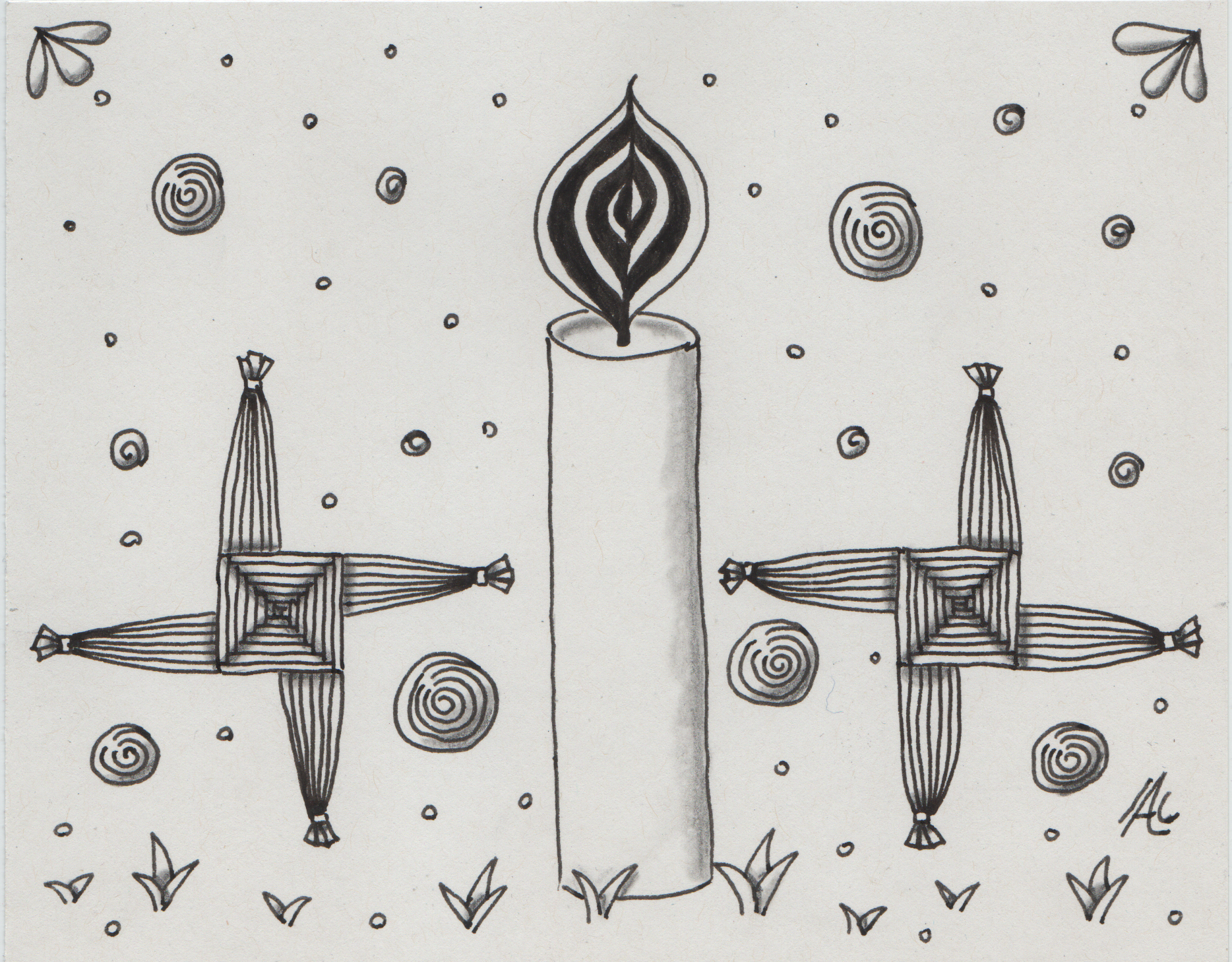Awareness for seemingly unimportant things
The 1st of August is one of those four days in between the prominent equinoctial and solstitial positions in the Earth‘s orbit. While the other three found their way into the general public‘s calendar as Candlemas, Labour Day and All Hallows, this day is only really celebrated on a national scale in Switzerland, based in history not season. Modern definitions do not appear to be especially connected to each other nor do they have much of an agrarian connotation: Mahjong, girlfriends and canon singing among others. In my personal case the first weekend in August is usually devoted to open air entertainment, another reason for me usually not spending too much attention to this special day in the wheel of the year.
Myths and tradtions
In Celtic traditions the 1st of August was celebrated as Lughnasadh and to this day it is an official Bank Holiday in Scotland and Ireland. One basic ascpect of the traditions was a solemn cutting and sacrificing of the first sheaves of grain on a field. On the British Isles there was also the custom of making the last sheaves into sometimes very elaborate corn dollies.
In my garden the main thing to observe at the moment is the heat so my most important activity is watering the plants that I so lovingly cultivated so they do not give up on the finishing straight. As it happens, what I most notice in my region are the golden fields of grain, even though the actual harvest date is not fixed according to the calendar but to the variety, the ripeness and the grain moisture, Each year farmers keep their eyes on the weather most diligently and weigh the hours of sunshine that might still be on offer with being able to take in their crops while dry enough.
Transforming grain into bread
Not every type of cereal is meant for baking bread and not all of them are harvested between July and August. In different regions of the Earth different plants provide the basis for the population‘s „daily bread“, for example wheat, corn or rice. While some of us prefer a low carb diet, some have an intolerance toward gluten, I am a very happy fan of bread. Also during 2020 I fell in love with sourdough and the fascinating process of fermentation which humans discovered early to make their food more nutritious and digestible. (And in some cases to transform grain into alcoholic beverages.)
Until very recently, I had not been aware that rye, which needs sourdough fermentation to make a good bread, had been the main staple bread cereal in large parts of Europe for centuries. In general, these days we often have not too much of an idea about the history and the making of bread, the basic food for many people in many corners of the Earth, or about how and when the different plant species are grown. Just like we have a very loose connection with the 1st of August as one stop on our journey through the seasons, we are not often consciously appreciative of the current harvest that secures a big chunk of our food calories. I find this remarkable and intend to learn more about bread and its fundamental contribution to human history. Some things are so plainly visible to us that we hardly notice them. Until they are not there anymore.
What about you?
How does Nature currently present itself where you live? Have the corn fields been harvested yet? How much are you aware of the significance, history and making of bread or other staples you might rely on? What do you have to water and cool, so it does not wilt in the abundance of sunshine? Is there a corn dolly tradition in your regional culture? Where in your life are things that you may take for granted, but which are actually very important? What can you do to increase your awareness of them?
Meditation and looking forward to the wheel spinning onwards
I have uploaded a short meditation about gratitide and successful cooperation for you to try another approach to this holiday. You can find it here.
This post refers back to this main article and is part of a series on each of the eight holidays of the year. During 2020 I wrote a post for every one of those dates. Of course the cycle will carry on and I plan to add new things so stay tuned for the 22nd of September!
